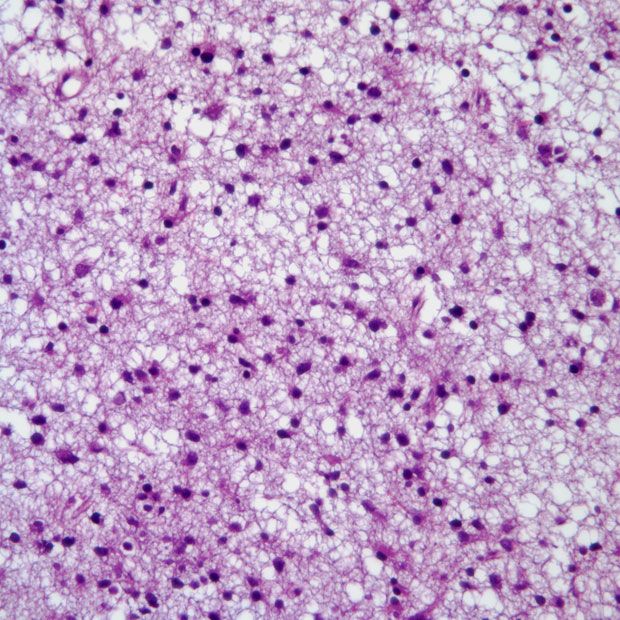FDA Grants Fast Track Designation to Vorasidenib in IDH+ Low-Grade Glioma
Vorasidenib monotherapy appears to improve clinical outcomes among patients with IDH-mutant low-grade glioma, meeting 2 end points in the phase 3 INDIGO trial.
Vorasidenib monotherapy received fast track designation from the FDA after prolonging both progression-free survival (PFS) and time to next intervention (TTNI) in patients with residual or recurrent IDH-mutant low-grade glioma whose only prior treatment was surgery, thereby meeting the primary end point and key secondary end point of the phase 3 INDIGO trial (NCT04164901), according to a press release from Servier.
"The results from the Phase 3 INDIGO trial offer patients with IDH mutant low-grade glioma potential hope for a new treatment option for the first time in more than 20 years,” according to the manufacturers of vorasidenib.

The multicenter, randomized, double-blind clinical trial INDIGO trial compared vorasidenib with placebo in patients with grade 2 residual/recurrent IDH1/2-positive disease. Data from a prespecified interim analysis indicated that the improvements in PFS and TTNI were statistically significant and clinically meaningful. The toxicity profile of vorasidenib was consistent with prior data.
Investigators will present detailed findings at a future medical conference.
“The results of the phase 3 INDIGO trial, meeting both the primary end point of [PFS] and the key secondary endpoint of [TTNI], presents an opportunity to shift the treatment paradigm for patients with IDH mutant low-grade glioma by potentially delivering the first targeted therapy,” Susan Pandya, MD, vice president of clinical development and head of Cancer Metabolism Global Development Oncology & Immuno-Oncology at Servier, said in the press release.
The trial has an estimated enrollment of 340 patients who were randomly assigned 1:1 to receive either oral film-coated vorasidenib tablets at a dose of 40 mg daily or matched placebo. Patient crossover was allowed in cases of centrally confirmed radiographic disease progression on placebo.
To be included on the trial, patients could not have had any prior treatment for glioma aside from surgery—either biopsy, sub-total resection, or gross-total resection; noreover, their most recent surgery must have occurred between 1 and 5 years prior to randomization. A Karnofsky Performance Scale or Lansky Play Performance Scale score of 80% or greater was also required.
Exclusion criteria included any disease features determined to be high-risk by the investigator. This include brainstem involvement, clinically relevant functional or neurocognitive deficits resulting from the tumor, or persistent seizures interrupting daily life that were treated with 3 unsuccessful lines of antiepileptic drug regimens, including at least 1 combination regimen.
“The results from the Phase 3 INDIGO trial offer patients with IDH mutant low-grade glioma potential hope for a new treatment option for the first time in more than 20 years,” Patrick Therasse, MD, PhD, vice president and head of Late Stage and Life Cycle Management Oncology & Immuno-oncology Therapeutic Area at Servier, concluded.
Reference
Servier's pivotal phase 3 INDIGO trial investigating vorasidenib in IDH-mutant low-grade glioma meets primary endpoint of progression-free survival (PFS) and key secondary endpoint of time to next intervention (TTNI). News Release. Servier. March 14, 2023. Accessed March 15, 2023. https://yhoo.it/4067JPx
Newsletter
Stay up to date on recent advances in the multidisciplinary approach to cancer.